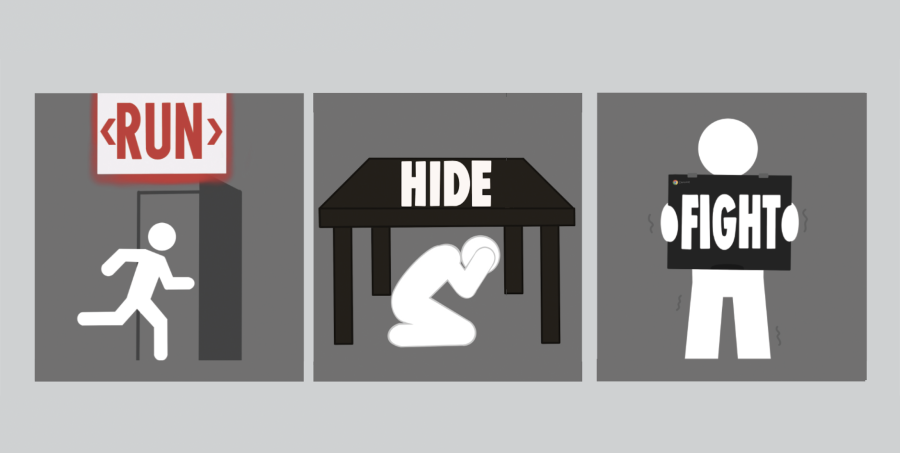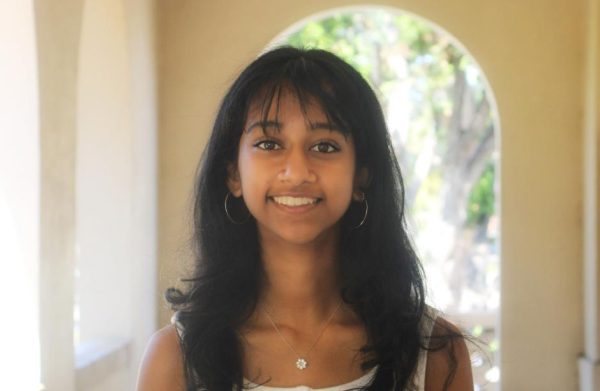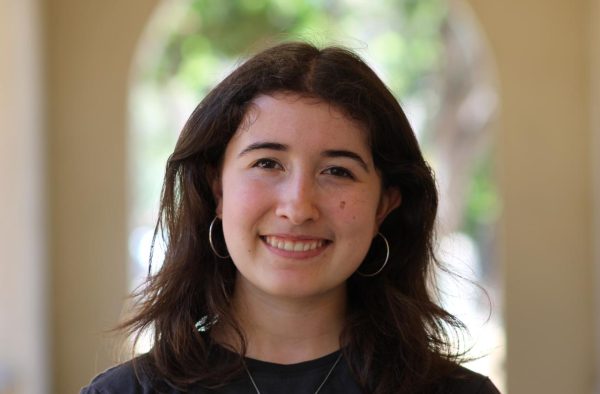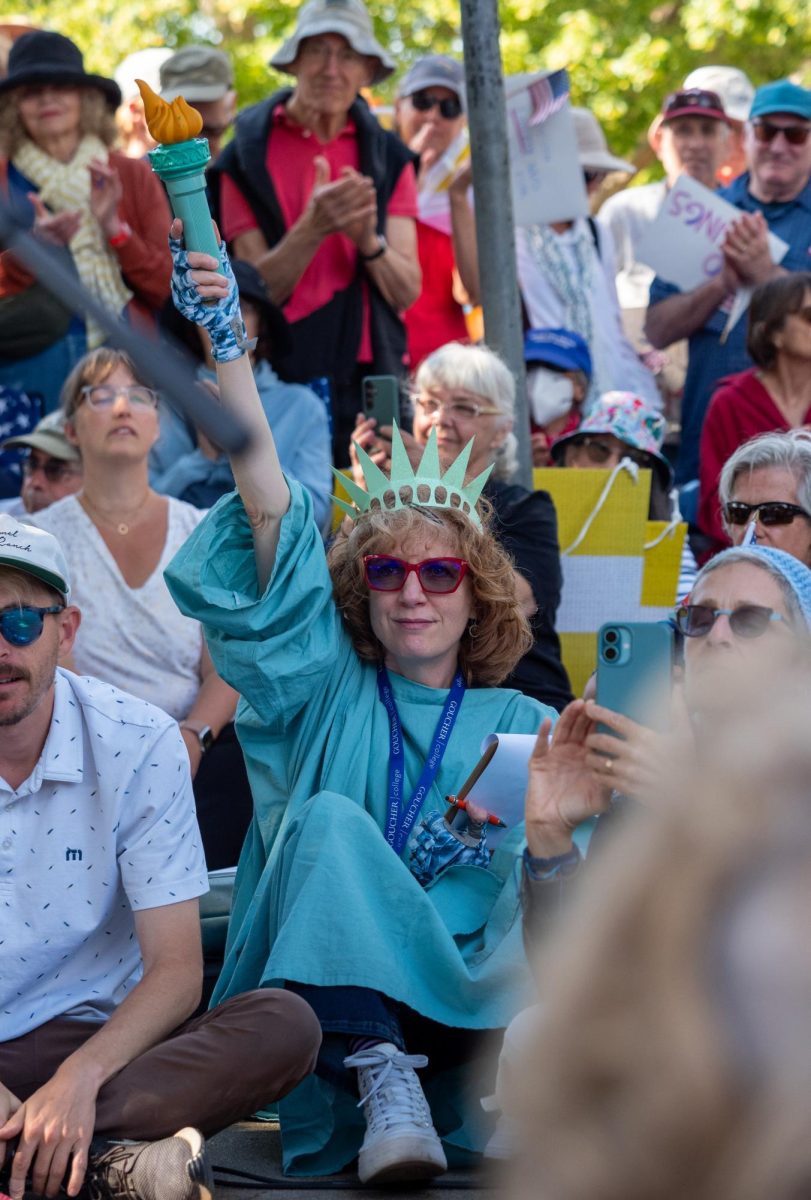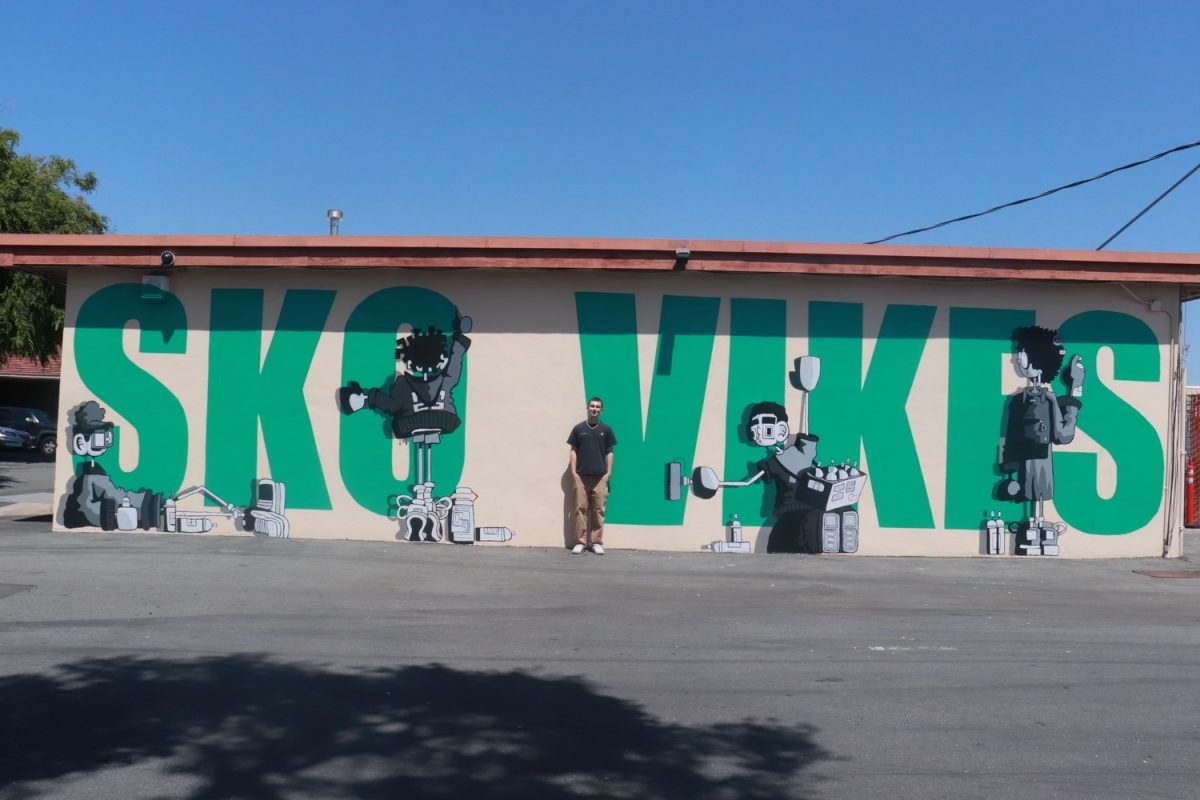Are You Ready?
December 19, 2022
This year, America had the most school shootings since first recorded in 1970, according to the Center for Homeland Defense and Security’s school shooting database.
As the state with the highest number of school shootings since 1970, California has faced an uptick in school violence against its youth over the last 52 years.
And while Paly has never experienced a live active shooter on campus, numerous threats have compromised student safety, including dangerous people being present on campus.
Though some students say are concerned about outsiders’ uninhibited ability to enter and exit Paly’s open campus, members of PAUSD’s administration say district schools are well-prepared to handle an attack.
PAUSD RECOVERS FROM PAST THREATS
In 2019, PAUSD faced two threats of armed violence: a bomb threat at Paly and a shooting scare at Gunn.
Though law enforcement’s rapid response prevented escalation, the school went into code red lockdowns both times.
History teacher Adam Yonkers was in the middle of a lecture during the 2019 bomb threat and said the code red lockdown was terrifying.
“We were doing everything that we had been trained to do, which is barricade the door and hide behind (or) under desks,” Yonkers said.
Steven Gallagher, now the Director of Student Activities at Paly but then a World History and U.S. History teacher who was also teaching a class during this bomb threat, said local police response helped that day.
“In my classroom, we had everyone against the wall, (and we) put up barricaded tables, and then we were there for an hour and a half,” Gallagher said. “That day, there was a huge police presence, and they were very well trained.”
But Yonkers said while Paly responded well to the threat, improvements to staff training could help everyone on campus feel more prepared to protect themselves in case of future incidents.
“I feel that the school has advised teachers on what to do, but in terms of the quality of the training, it’s more like a PowerPoint presentation,” Yonkers said. “I’d like to be more prepared. I know what to do, but I think (staff) training needs to happen more than once a year.”
However, Paly is not the only PAUSD school that has faced threats.
Also in 2019, this time in September, police detectives and school resource officers investigated a Gunn High School student who posted a comment about wanting to “shoot up” the school on Instagram. Within three hours, the police apprehended the student.
In a separate incident, on Dec. 13, 2019, another student from Gunn was taken into custody after allegedly threatening a school shooting on social media.
After receiving a tip about the first threat that Thursday night around 9 p.m., police apprehended the suspect at approximately 2:45 a.m. on Friday and increased police presence on campus that school day.
STAFF, STUDENTS FEEL UNPREPARED
According to a Campanile survey conducted through Schoology on Dec. 1, 65.9% of students say Paly is underprepared to protect students in the event of a school shooting, citing their lack of awareness about formal safety procedures.
Mike Jacobs, PAUSD’s Safety, Security and Disaster Preparedness Manager, said that the “Run, Hide, and Fight” defense mechanism is taught to both students and staff. The steps, according to the FBI, are as follows:
Run: Evacuate the area and help others escape, if possible. When safe, call 911.
Hide: Conceal yourself in an area out of the shooter’s view, making sure to lock the door nearest you or block any entry to your hiding place.
Fight: Use this as a last resort and only when your life is in imminent danger.
Regarding the procedures, junior Sarah Sheaffer said while she thinks administrators are doing the best they can to ensure campus safety, improvements can be made in how drills are conducted.
“(Paly) should consider (what to do) if you are on the edge of campus,” Sheaffer said. “If you’re right by Town and Country, maybe you should run there. Or if you’re walking through the quad, where do you go? I think they should do drills, but (also) include more situations than just counting on you being in class.”
Gallagher said plans to prepare the student body for an attack through lockdown drills are in the works but have been hard to implement for the past two years because of COVID-19 restrictions prohibiting close proximity between students.
“There was a very minimal lockdown drill (last year) because of COVID-19,” Gallagher said. “(Previously), there had been lockdown drills where police were present on campus, and you’re locked down. You go through all the procedures.”
Yonkers said the problem lies not with the amount or quality of procedures, but with the way they are integrated into school days.
On pre-planned days for campus-wide emergency training, Yonkers said he noticed students purposely not attending school.
To minimize student absences, Yonkers said he thinks the school should intersperse training throughout the school year instead of on specific predetermined days.
“Though (student absences on emergency training days) are not the school’s fault, I think (Paly) has to embed (training) more on an average day,” Yonkers said.
Sheaffer, who advocates for a more in-depth, holistic approach to lockdown drills, said training should be more spontaneous.
“I don’t think that the training is something that should be planned, like ‘Oh, we are having a drill next week.’” Sheaffer said. “It should be kind of random, because that is how it’s going to be in real life.”
However, Palo Alto Police Captain James Reifschneider said the type of training schools are conducting is intentional and accurate.
“I can say that I am confident that staff at Paly and throughout the district are receiving relevant training based on industry best practices and have been for more than a decade,” Reifschneider said. “PAUSD and the Palo Alto Police Department share a commitment to doing our very best to keep students and faculty safe.”
Yet, junior Caiden Soltesz, who responded to The Campanile Schoology survey, said the problem is not preparedness but the school’s infrastructure.
“Paly in particular is not really all that prepared to handle (a school shooting) because a lot of classrooms (have) big windows and multiple entrances,” Soltesz said. “Additionally, most of the people who are shooting up schools go to, or have gone to that school, so they’ve also done the same drills as everyone else.”
Soltesz said to protect the school, the district should consider investing in armed police to patrol the campus.
Some districts in the Bay Area, like the Fremont and Berkeley Unified School Districts, have armed officers, called safety resource officers, currently employed on campus.
“Getting the police on campus as fast as possible and having them engage the shooter (is the main goal),” Soltesz said. “Having an officer on campus shortens the response time greatly.”
Jacobs said that due to COVID financial restraints, Paly will not have SROs on campus.
“Following COVID-19, the city made changes in its budget, and the number of SROs decreased,” Jacobs said. “The district did not continue its relationship with the SRO program (since).”
Though armed officers may not be in PAUSD’s plans, Jacobs said the district is planning on making other improvements to campus security at both Paly and Gunn.
“Within the last two years, we have added cameras to entry points at all campuses,” Jacobs said. “We are adding new intercom systems and phones. Both phone and intercom systems allow us to easily activate the ‘Run, Hide, and Fight’ protocol with a pre-recorded message (and) also allows us to pinpoint the location of a potential threat.”
EXPERTS SAY STRICTER GUN POLICIES NEEDED
According to David Studdert, a Stanford professor specializing in gun policies and violence, the presence of guns in homes is a primary contributor to school shootings.
“One of the common themes in active shooter incidents involving young people is that the guns often come from the family home, and so if there aren’t guns there in the family home, it reduces the risks that (a school shooting) can happen,” Studdert said.
The FBI also says easy access to weapons is the most significant risk factor for school shootings, according to their report published by the Supervisory Special Agent Mary Ellen O’Toole, Ph.D.
“The family keeps guns or other weapons or explosive materials in the home, accessible to the student,” the report said. “(Without normal safety precautions), parents or a significant role model may handle weapons casually or recklessly and in doing so may convey to children that a weapon can be a useful and normal means of intimidating someone else or settling a dispute.”
Studdert said America’s high rate of household gun possession increases rates of violence.
“About one in three households in the United States has at least one firearm unit,” Studdert said. “We know that firearms in the home are associated with higher risks of death and injury by guns.”
However, according to the Bureau of Firearms, California has one of the strictest gun policies in the country and regulates who can own guns and what types of firearms people are allowed to buy. Additionally, the CDC lists California as the 44th lowest state in the nation regarding the rate of deaths by gun violence.
Furthermore, a study conducted by Stephanie Chao M.D., Assistant Professor of Surgery at Stanford, and a team of students at the Stanford School of Medicine found a correlation between states with stricter gun laws and reduced gun-related casualties.
“If you put more regulations on firearms, it does make a difference,” Chao said. “It does end up saving children’s lives.”
WARNING SIGNS CENTER AROUND MENTAL HEALTH
According to the American Psychological Association, while there is no clear link between mental illness and violence, strong mental health resources are vital to prevent violent behaviors from escalating.
These resources include risk assessments and suicide prevention resources.
In addition, the National Education Association says a lack of mental health resources is often the root cause of many school shootings.
“Having good counseling services and regular contact with students, especially those that are struggling, is super important,” Studdert said. “Having an ability for students to access mental health services and counseling when they need it is also (really) important.”
Studdert also said students planning to conduct a school shooting often exhibit unnatural signs of distress.
In order to prevent problems from escalating, people who notice these differences in behavior should take immediate action.
“Another thing that’s really important is to try to identify people who are in a crisis and intervene to help,” Studdert said. “So seeing those signs, whether it’s fellow students or teachers or family members, and getting help can help to avert school shootings before they happen.”
According to the FBI, visible signs of distress include subtle threats, boasts, innuendos, predictions or ultimatums regarding violence.
They also cite “leakage,” or a person’s communication to a third party of an intent to do harm to a target, as a sign of concerning behavior.
“‘Leakage’ occurs when a student intentionally or unintentionally reveals clues to feelings, thoughts, fantasies, attitudes, or intentions that may signal an impending violent act,” the FBI database said. “Leakage can be a cry for help, a sign of inner conflict or boasts that may look empty but actually express a serious threat.”
Reifschneider said strong mental health structures can aid in preventing active shooter incidents from happening.
“Early intervention, before any violence occurs, is always the best outcome,” Reifschneider said. “Anyone observing concerning behavior should promptly contact police and school staff.”
Assistant Principal Jerry Berkson did not respond to interview requests, Paly Principal Brent Kline referred reporters to other sources and Gunn Prinicipal Wendy Stratton declined to comment for this story.

